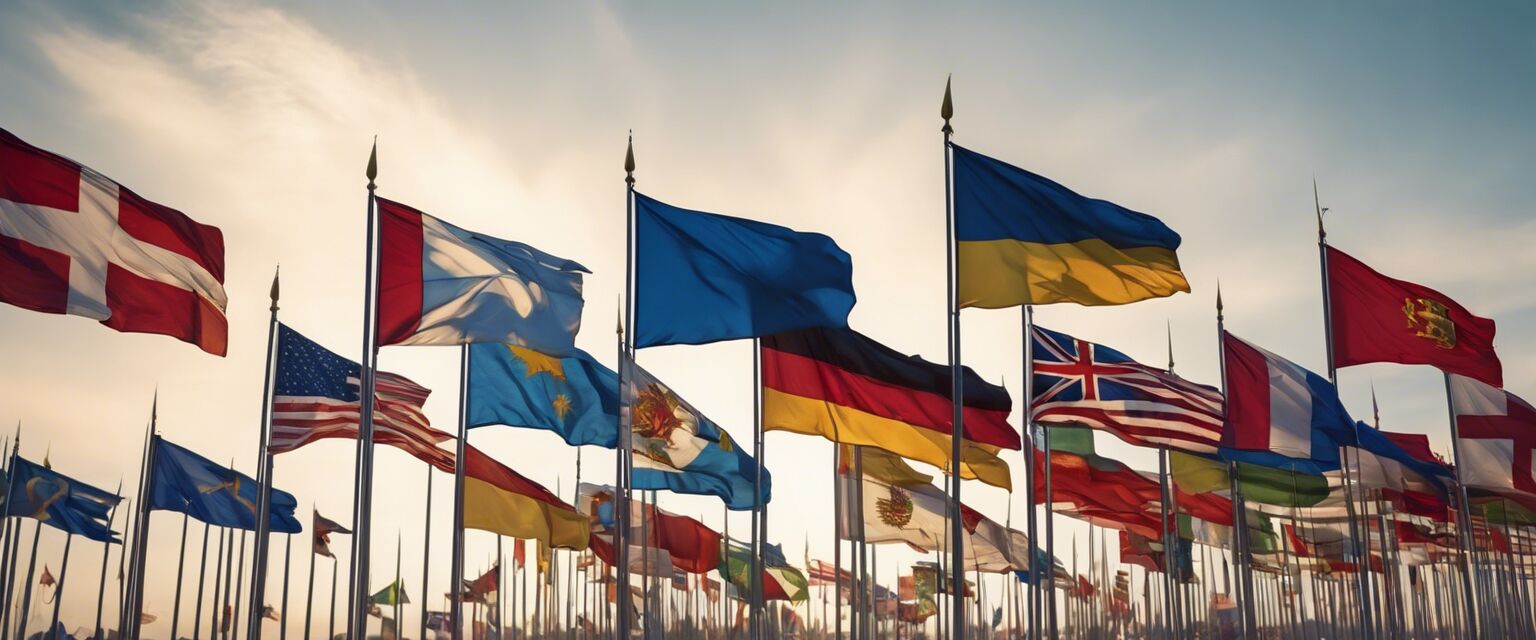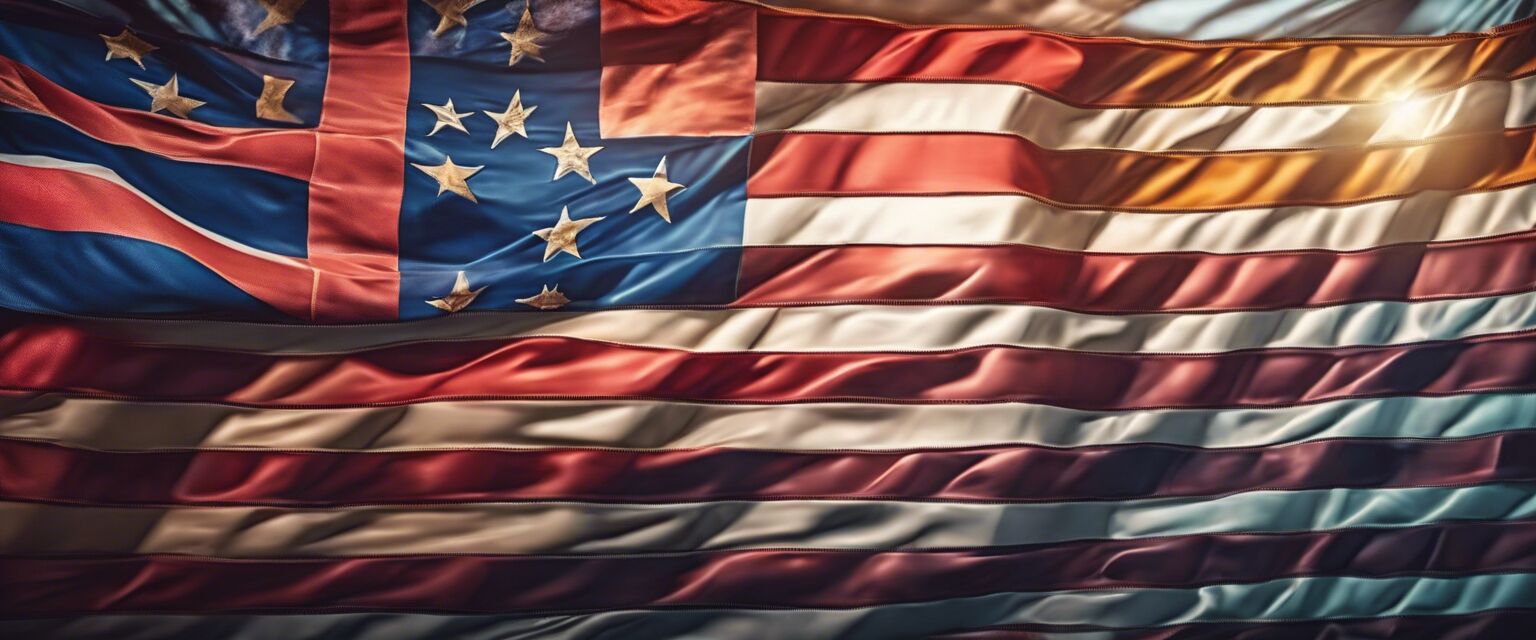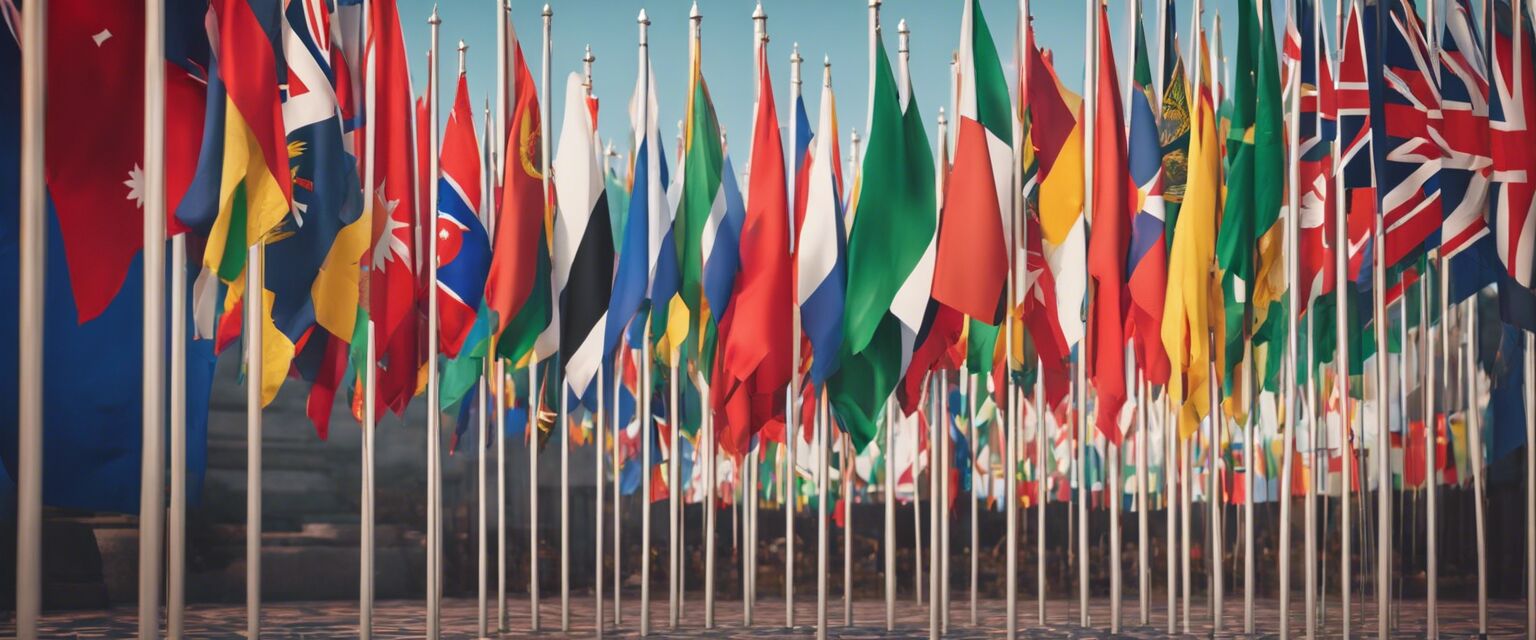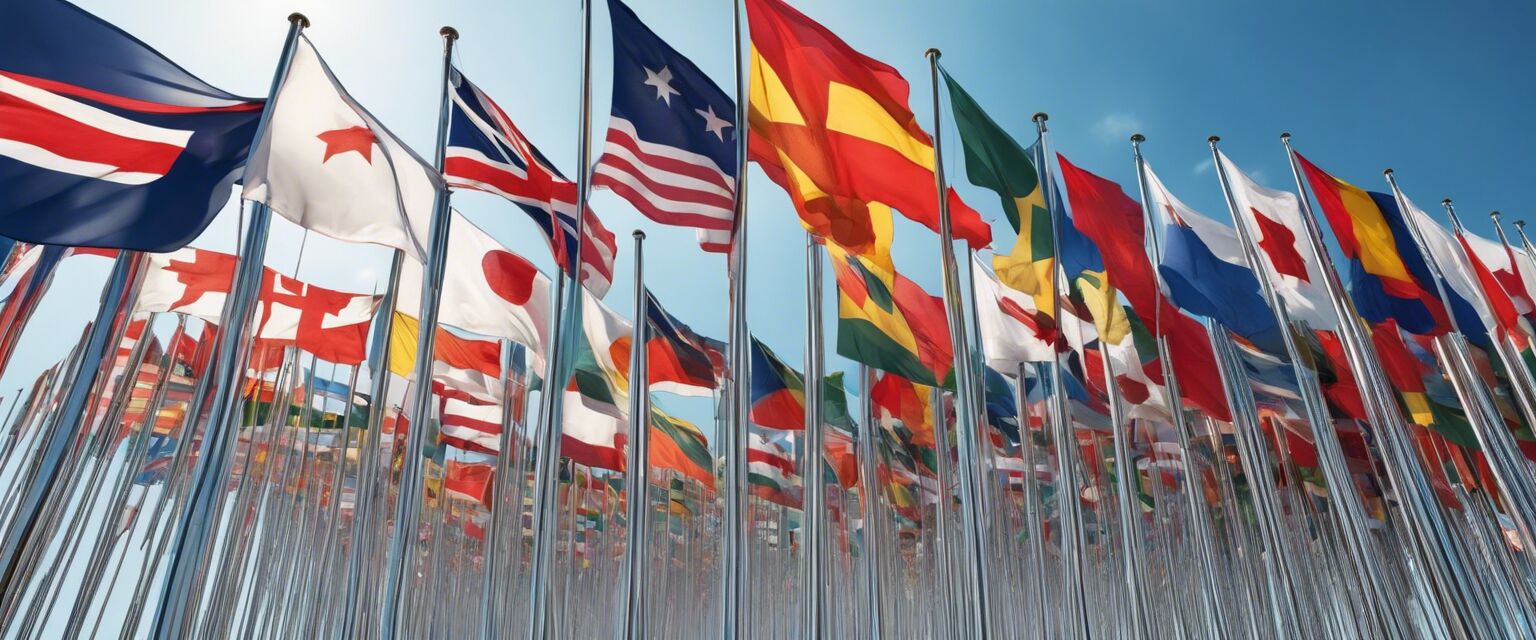
Types of Flags
Key Takeaways
- Flags serve various purposes, including national identity, signaling, and decoration.
- There are multiple categories of flags, including national, regional, maritime, and custom flags.
- Understanding the symbolism behind flags can enhance appreciation for their designs and uses.
Flags have been an essential part of human history and culture, representing everything from nations to organizations. In this article, we will explore the various types of flags used worldwide, their meanings, and how they are commonly used. Whether you are a flag enthusiast or just curious about these colorful symbols, this guide will provide you with valuable insights.
Categories of Flags
Flags can be classified into several categories based on their usage and significance. Here are some of the main types:
| Type of Flag | Description |
|---|---|
| National Flags | Flags representing independent nations, often featuring national symbols and colors. |
| Regional Flags | Flags representing specific regions within a country, showcasing local heritage. |
| Maritime Flags | Flags used in maritime contexts for signaling and identification at sea. |
| Custom Flags | Flags designed for personal or organizational use, often tailored to specific needs. |
| Historical Flags | Flags that represent historical events or movements, often carried as symbols of heritage. |
| Sports Flags | Flags used to represent sports teams or events, often used in competitions. |
National Flags
National flags are perhaps the most recognized type of flag. They symbolize the identity and sovereignty of a nation. Each flag has its own unique design, often incorporating colors and symbols that hold significant meaning.
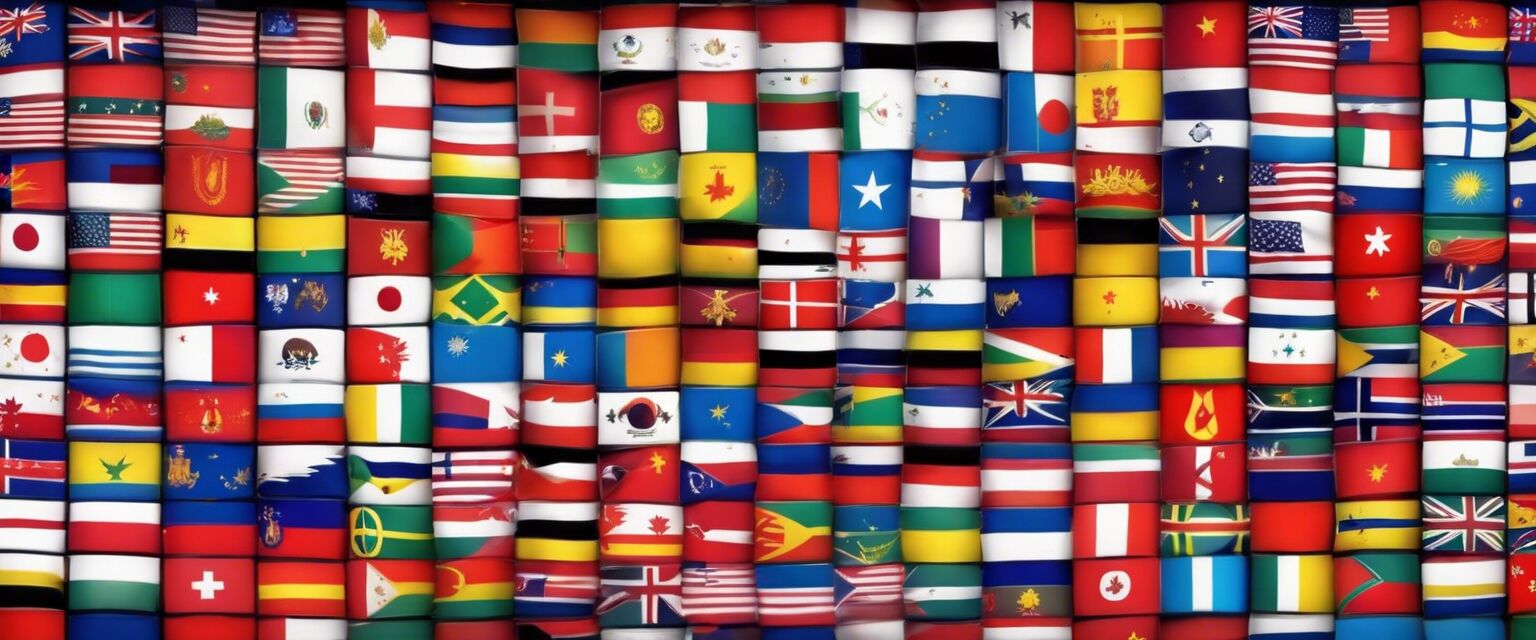
Meaning and Symbolism
Many national flags feature colors and symbols that reflect the country's history, culture, and values. For example:
- Red: Often represents bravery or sacrifice.
- Blue: Typically symbolizes freedom or peace.
- Green: Commonly associated with nature or prosperity.
- White: Often stands for purity or innocence.
Regional Flags
Regional flags represent specific areas within a country, often highlighting local pride and heritage. These flags may incorporate elements from the national flag or unique symbols representing the region.
Pros of Regional Flags
- Enhance local identity and pride.
- Promote cultural heritage.
- Can be used in festivals and events.
Cons of Regional Flags
- May lead to regionalism or division.
- Some may not be recognized outside the region.
Maritime Flags
Maritime flags are used by ships and boats for communication and identification. These flags follow specific codes and standards, such as the International Code of Signals.

Common Maritime Flags
| Flag | Meaning |
|---|---|
| Alpha | Indicates the presence of a diver in the water. |
| Bravo | Indicates the ship is loading or unloading hazardous material. |
| Charlie | Indicates âYesâ or âAffirmative.â |
| Delta | Indicates the ship is in need of assistance. |
Custom Flags
Custom flags are unique designs created for personal, organizational, or event purposes. They can be used to represent teams, clubs, or even individual brands.
Creating Your Own Custom Flag
Designing a custom flag can be a fun and fulfilling project. Here are some tips:
Tips for Creating Custom Flags
- Choose colors that resonate with your message.
- Incorporate symbols that represent your values or mission.
- Keep the design simple for better recognition.
- Consider the size and material for durability.
Historical Flags
Historical flags often tell the story of a nation or movement. They may represent past regimes, significant events, or cultural milestones.

Famous Historical Flags
- The Confederate Flag - A symbol of the Confederate States during the American Civil War.
- The Union Flag - Represents the United Kingdom and its territories.
- The Rainbow Flag - A symbol of LGBTQ+ pride and diversity.
Sports Flags
Sports flags are commonly used in sporting events to represent teams or countries. They add color and excitement to the atmosphere during competitions.
Popular Uses of Sports Flags
- During international tournaments like the Olympics.
- At local sporting events to show team support.
- In fan zones to promote team spirit.
Conclusion
Flags are more than just pieces of fabric; they are powerful symbols that communicate identity, values, and heritage. Understanding the different types of flags and their meanings can enhance our appreciation for these colorful representations of humanity. Whether you are interested in national flags, custom flags, or historical flags, there is always something fascinating to learn about each one.
